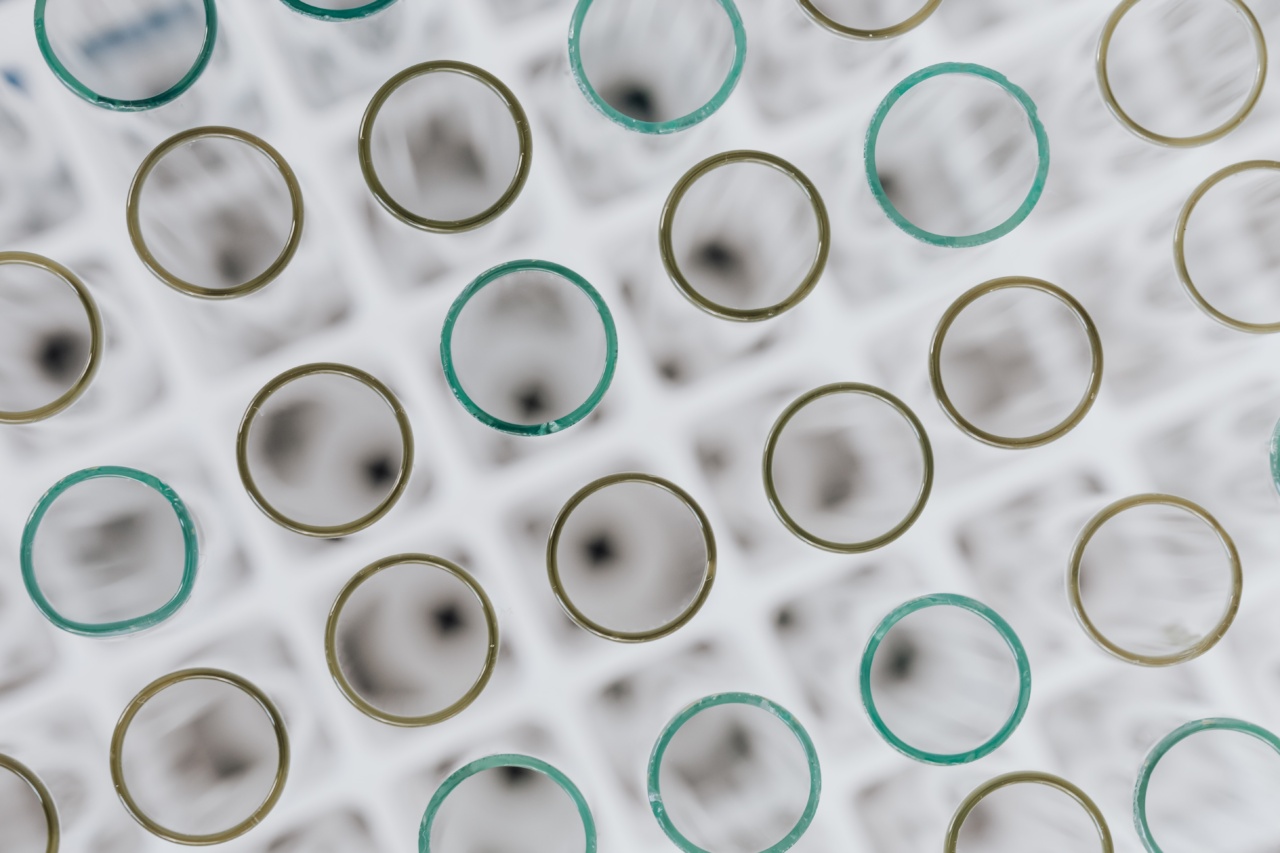Tears are a natural and important part of our body’s physiology. They are essential for keeping our eyes healthy, lubricated and protecting them from environmental and internal irritants.
However, tears can also be a sign of sadness, happiness, or a range of emotions in between. Tear production is a complex process, and there are several causes of tearing. In this article, we will discuss the science of tears, the different types of tears, and how to treat them.
Types of Tears
There are three types of tears that our eyes produce, each with their own purpose:.
Basal Tears
Basal tears are the tears that lubricate the front surface of the eye to keep the eyes from drying out. They are continuously produced by the lacrimal gland and are essential for maintaining healthy eyes.
Reflex Tears
Reflex tears are produced in response to irritants such as smoke, dust, or onions. These tears are produced to flush out the irritant from the eye, and they contain a higher concentrate of antibodies to combat the foreign substance.
Emotional Tears
Emotional tears are produced in response to strong emotions such as happiness or sadness. These tears contain a higher level of stress hormones and emotional toxins, making them a natural way to release and alleviate emotional stress.
Causes of Excessive Tearing
Excessive tearing can be caused by several factors, including:.
Blocked Tear Ducts
Blocked tear ducts can cause tears to accumulate in the eye, leading to excessive tearing. This condition is more common in infants and older adults and can be treated surgically.
Eye Irritants
Environmental irritants such as smoke, chemicals or pollution can cause excessive tearing as the eye produces reflex tears to flush out the irritant.
Eye Infections
Eye infections such as conjunctivitis or pink eye can cause excessive tearing as the body tries to flush out the infectious agent.
Dry Eye Syndrome
Dry eye syndrome is a condition where the eye does not produce enough basal tears, leading to dry eyes and reflex tearing as a response. It can be treated with artificial tears, medications or surgery.
Treatments for Excessive Tearing
The treatment for excessive tearing will depend on the underlying cause. Treatment options may include:.
Artificial Tears
Artificial tears are a form of eye drops that can help lubricate the eyes and reduce excessive tearing caused by dry eye syndrome or other eye conditions. They can also help soothe irritated eyes caused by environmental irritants.
Warm Compresses
Warm compresses can help relieve blocked tear ducts, reducing excessive tearing. They can also be used to soothe dry eyes and irritated eyes.
Antibiotics
If the excessive tearing is caused by an eye infection, an antibiotic may be prescribed to clear the infection and reduce tearing.
Surgery
If the excessive tearing is caused by a blocked tear duct, surgery may be required to clear the blockage and allow tears to flow freely.
The Science of Tears
Tears are a complex mixture of water and electrolytes, as well as several proteins, enzymes, and other substances that all play a role in keeping the eyes healthy and lubricated.
Tears also contain different concentrations of hormones, based on whether they are basal, reflexive, or emotional in nature.
The lacrimal gland produces most of our tears, which then drain through tiny ducts into the nose. This is why we sometimes experience a running nose when we cry.
The autonomic nervous system controls the production of tears, with the parasympathetic nervous system triggering basal and reflexive tears, and the sympathetic nervous system controlling emotional tears.
The function of emotional tears is not entirely understood, but it may be linked to stress relief, emotional regulation, and social bonding.
Conclusion
Tears are an essential part of our body’s physiology, helping to keep our eyes healthy, lubricated and protect them from irritants.
Different types of tears serve different functions, from lubricating the eye to combating foreign substances and emotional stress. Excessive tearing can be caused by many factors, including blocked tear ducts, eye irritants, and eye infections. Treatment options include artificial tears, warm compresses, antibiotics, and surgery.
Understanding the science of tears can help us appreciate and care for this important bodily function.





























